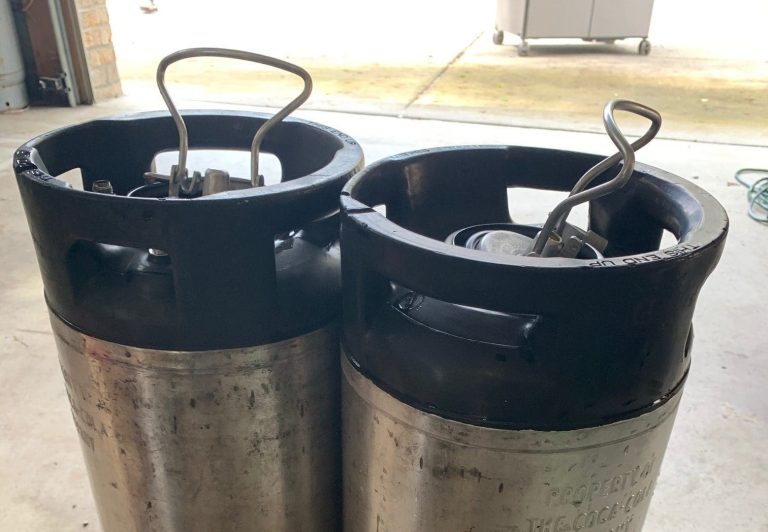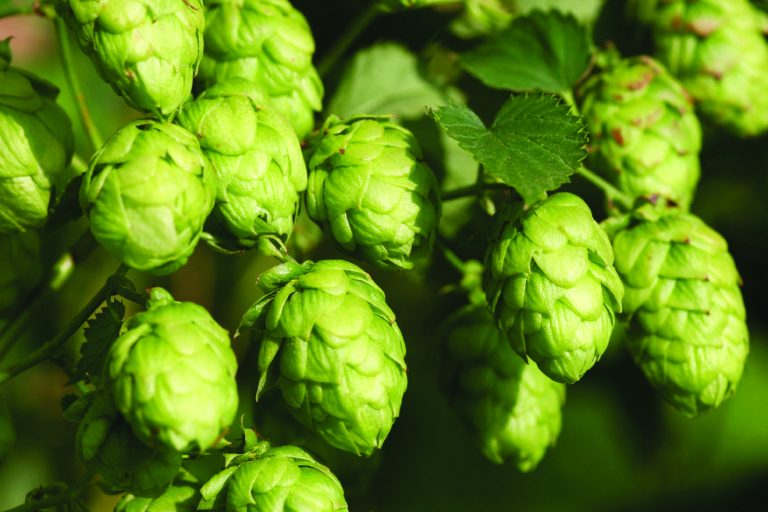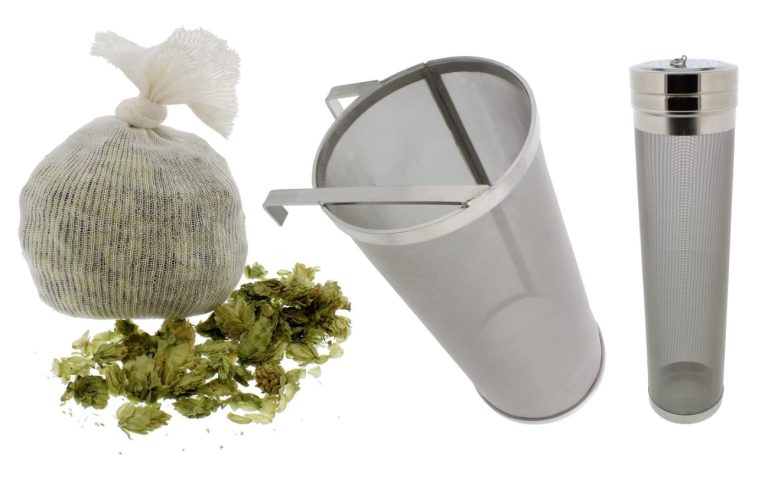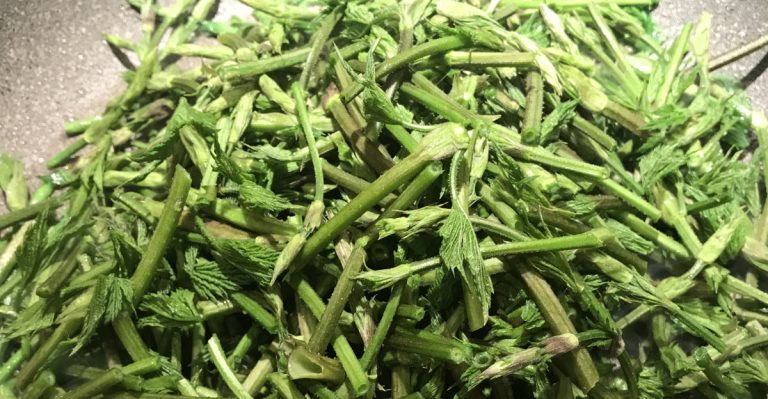Why Does My Beer Taste Sour?
When a batch of beer comes out too sour when it shouldn’t be, it’s an extremely disappointing outcome. A batch that you had just spent $50 on ingredients, 3-5 hours brewing and two weeks waiting for it to ferment should taste better than that!
Unfortunately, most homebrewers – including myself – have had this happen once or twice before. I wanted to explain why this may have happened in my case, and also some other common reasons it occurs.
Ingredients
Every ingredient added to your beer has its purpose. Grains, yeast, hops all add specific flavors to beer, but when used incorrectly they can cause undesirable or unexpected flavors.
Yeast (and/or Bacteria)
Certain yeast strains are known to sour a beer. Any beer yeast labeled as “Brett” or brettanomyces like OYL-218 contains a strain that are meant to sour a beer or to give it a distinct tartness. Still, other packets of yeast are purposefully blended with lactobacillus bacteria such as WLP4682, which will certainly sour a beer.
These strains of yeast or yeast blends are used to create a Gose, Berliner Weisse, Sours or Farmhouse-style ales that are supposed to have a certain level of sourness to them.
Finally, Kviek yeasts like Imperial A44 or Hornindal also sometimes impart a mild tartness to whatever beers they are added to, although it is much less pronounced than with brett or bacteria strains. It isn’t always there, but I’ve noticed it show up in certain beers I’ve brewed with Kveik. I have read that it is sometimes due to the fermentation temperature, but I haven’t been able to confirm that as of yet in any of my own brews.
Grains
Acidulated malt is a grain that has been subjected to a lactic acid fermentation after kilning. The purpose of using acidulated malt is to reduce the pH value of the mash, which in turn will help with the extraction of sugars. However, use too much and your mash pH may drop too low causing your beer to turn a bit sour.
Weyermann’s says to replace 1% of the grist with acidulated malt to lower the pH of the mash by 0.1. Sour beer pH is from 3.1 to 3.7, which means it would take approximately 2-3 pounds of acidulated malt to remotely sour a 5-gallon batch.
Additions of dark grains, caramel/crystal malts and highly roasted grains, can also drop the pH of the mash by up to 0.5 points, which is way more than if you were using strictly pale malts like 2-row.
Hops
Certain hops do have a unique flavor that can sometimes be confused as tart or sour.
My batch that turned sour was a SMaSH beer using 100% Cashmere hops. While I don’t know for sure if the sourness was completely due to Cashmere, I think it is more than a bit coincidental that three of the top four beer types Cashmere is used with are sour or tart beers.
Nelson Sauvin is another hop that has a unique white wine taste that some palates that may interpret as sour. For instance, I recently had an IPA from Hitchhiker called Typographic that only used Nelson hops and it definitely had a slight tartness.
Many flavors added by hops are considered preferred, but it is important to point out that some hops do have unique flavors that can be unexpected if it is the first time you are tasting a beer that happened to use them.
Water Treatment
It is well known that the optimum pH of your mash should be between 5.2 and 5.5. Having your mash within that pH range ensures complete conversions of starches into soluble sugars, good hop utilization, and other desirable characteristics inside beer. One common way to get your water down to this level is to use lactic acid. If you are not careful, using too much can certainly sour your beer, since it is often used as a way to quickly make a beer tart.
When using a chemical like lactic acid to lower your mash pH, it is important to use a service like Bru’n Water to ensure you are adding the correct amount. Every batch is not the same because certain grains (as we outlined above) will lower the mash pH more than others. This means that the amount of acid you need to add can change from batch to batch – even when using the same water source.
Related Article: How to do Water Calculations Without Paying for a Test
Calcium chloride is also a brewing salt that can be used to lower the pH of your mash. Calculating how much is a complex equation, so again, use the Bru’n Water spreadsheet to get the additions right.
One final thought on mash pH: You need to know what your water’s baseline is. This means that you need to either get your water professionally tested, or hope to find your location on sites that publicly publish city water profiles, like Brewer’s Friend. If you aren’t starting out with your water’s actual data, you are just guessing and due to make a mistake.
Acetaldehyde
Acetaldehyde (CH3CHO) is a naturally occurring organic compound that is found in everything from ripe fruit to coffee. It is often described as having a tart flavor reminiscent of green apples.
All brewing yeast produces acetaldehyde as an intermediate compound in the conversion of wort sugars into ethanol, so it’s found in every beer you make. In a healthy fermentation, the yeast fully converts the vast majority of the acetaldehyde it just created back into alcohol as a secondary step. Therefore, any acetaldehyde that is left in your beer usually falls below the flavor threshold and you won’t be able to taste it.
However, if the fermentation is less than optimal, the conversion of acetaldehyde to alcohol may not fully occur, leaving too much of the compound in the beer, causing a distinct green-apple taste.
Acetaldehyde can also be produced by the oxidation of alcohol. We all know that oxygen is the enemy of a finished beer, and sometimes it will cause a sour taste.
Infection
No one wants to consider an infected batch a possibility. We’ve all been told over and over about sanitization since were brewing noobs, and each one of us believe our techniques are sound. But we all make mistakes, and mistakes sometimes cause infections.
If aerobic bacteria is somehow introduced into the beer, it can transform acetaldehyde into acetic acid, which tastes like vinegar and is something no one wants in to find in their beer.






